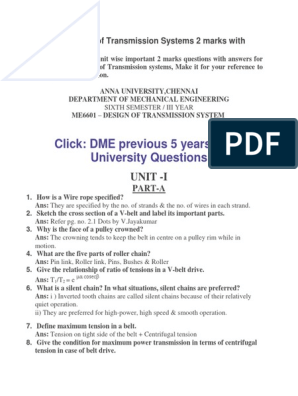100% found this document useful (3 votes)
3K views38 pagesMachine Tools: Lecture Notes 1
The document provides an overview of machine tools including definitions, history, classifications, and key concepts. It defines machine tools as power-driven machines capable of producing various shapes in metal by cutting away excess material. It discusses the development of machine tools throughout history, particularly during the Industrial Revolution, and covers the introduction of numerical control, CNC, and more advanced technologies. Finally, it outlines various ways to classify machine tools, such as by the geometrical shape of the workpiece, number of workpieces, machine functions, and type of control.
Uploaded by
muhammet çalımCopyright
© © All Rights Reserved
We take content rights seriously. If you suspect this is your content, claim it here.
Available Formats
Download as PDF, TXT or read online on Scribd
100% found this document useful (3 votes)
3K views38 pagesMachine Tools: Lecture Notes 1
The document provides an overview of machine tools including definitions, history, classifications, and key concepts. It defines machine tools as power-driven machines capable of producing various shapes in metal by cutting away excess material. It discusses the development of machine tools throughout history, particularly during the Industrial Revolution, and covers the introduction of numerical control, CNC, and more advanced technologies. Finally, it outlines various ways to classify machine tools, such as by the geometrical shape of the workpiece, number of workpieces, machine functions, and type of control.
Uploaded by
muhammet çalımCopyright
© © All Rights Reserved
We take content rights seriously. If you suspect this is your content, claim it here.
Available Formats
Download as PDF, TXT or read online on Scribd
/ 38





















































































